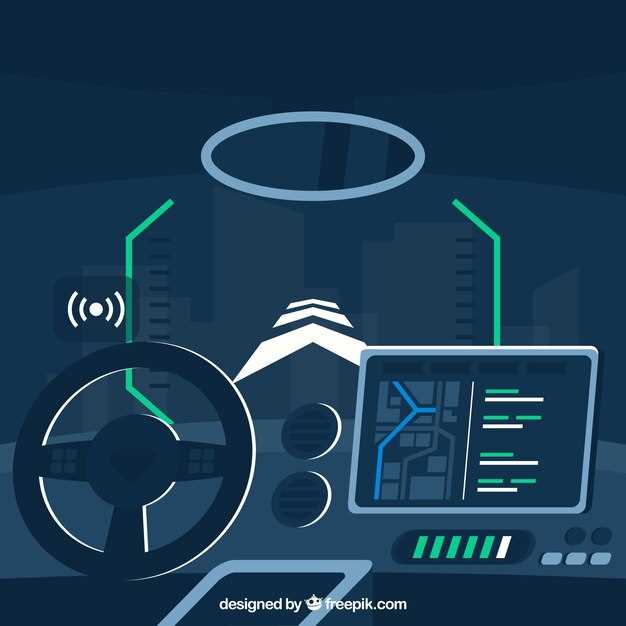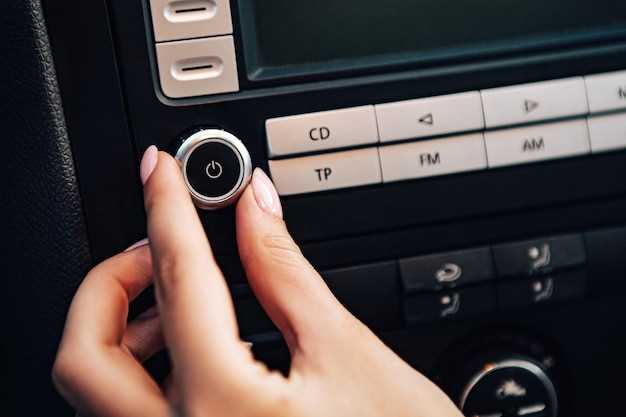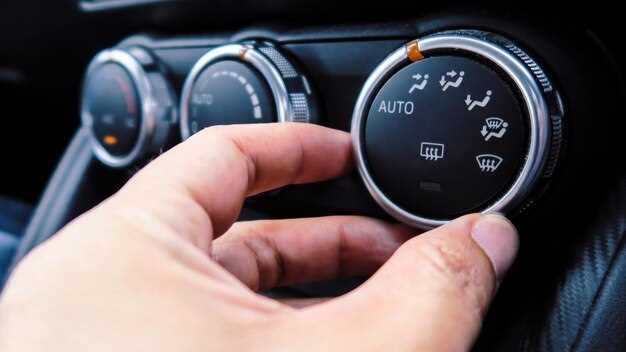
The emergence of advanced automotive technologies has revolutionized vehicle safety, with the Anti-lock Braking System (ABS) and brake sensors playing critical roles. ABS is designed to prevent wheel lock-up during hard braking, ensuring that drivers maintain steering control while reducing stopping distances on slippery surfaces. Understanding how ABS works requires knowledge of its components, particularly the brake sensors that monitor wheel speeds and relay information to the system.
Brake sensors are essential for the functionality of the ABS. These devices monitor the rotational speed of each wheel, providing real-time data that the ABS controller uses to modulate brake pressure. In this article, we will delve into the intricate relationship between ABS and brake sensors, exploring how they interact to enhance vehicle stability and prevent accidents. We will also discuss common issues related to ABS and brake sensor functionality, as well as the implications of their failure on overall vehicle safety.
How ABS Improves Vehicle Stability and Control During Braking

Anti-lock Braking System (ABS) is a crucial feature in modern vehicles, designed to enhance stability and control during braking. The primary function of ABS is to prevent wheel lock-up by modulating brake pressure through electronic control of brake sensors. This is particularly important during sudden stops or on slippery surfaces, where traditional braking could lead to skidding.
AB S utilizes advanced sensors that monitor wheel speed and deceleration. When these sensors detect that a wheel is about to lock up, the system rapidly adjusts the braking force, allowing for optimal traction. This modulation allows drivers to maintain steering control, reducing the likelihood of accidents and enhancing overall vehicle handling.
Additionally, ABS contributes to better control by preventing unintended lateral movements. In situations where panic braking is necessary, ABS enables the driver to steer around obstacles while simultaneously applying the brakes. This capability is vital for maintaining directional stability, especially in adverse weather conditions like rain or snow where road traction is compromised.
Overall, the integration of ABS and its sophisticated brake sensors not only improves vehicle stability but also instills greater confidence in drivers, knowing they have enhanced braking control in challenging scenarios.
Identifying Common Brake Sensor Failures and Their Symptoms
Brake sensors, including ABS sensors, play a crucial role in the safety and functionality of modern automotive systems. Understanding common failures and their symptoms can aid in timely diagnosis and repair.
One frequent issue with brake sensors is the loss of signal, which can be caused by a damaged wire or poor connection. When this happens, you may notice the ABS warning light illuminating on the dashboard, indicating that the system is not functioning correctly. Additionally, erratic or inconsistent braking performance may occur, making it difficult to maintain control in emergency situations.
Anomalies in the reading of speed sensors are another common failure. If an ABS sensor is malfunctioning, it may send incorrect data to the vehicle’s computer. Symptoms include the vehicle’s brakes locking up or taking longer to stop than usual, which can be particularly dangerous in slippery conditions.
Physical damage to brake sensors is also a possibility. Environmental factors such as moisture, dirt, and road debris can lead to sensor degradation. A failing sensor may trigger the ABS system to activate prematurely or excessively, resulting in a pulsing sensation in the brake pedal while driving or unexpected braking interventions.
Intermittent ABS operation can indicate that the sensor is on the verge of failure. Drivers may experience random ABS activation, where the brakes engage unexpectedly. This can create a confusing and alarming driving experience, leading to a lack of confidence in vehicle handling.
Regular diagnostics and routine inspections of brake sensors can help identify these issues before they lead to more significant problems. Recognizing these symptoms and addressing them promptly can help ensure the safety and reliability of your vehicle.
Steps to Troubleshoot and Repair ABS and Brake Sensor Issues

When encountering problems with the ABS and brake sensors, it is important to follow a systematic approach to diagnose and resolve the issues effectively. Here are the crucial steps to troubleshoot and repair these components:
1. Initial Inspection: Begin by visually inspecting the brake system. Look for any obvious signs of wear or damage, such as corroded wires, loose connections, or broken sensors. Check the condition of the brake pads and rotors, as worn-out components can also affect sensor performance.
2. Retrieve Diagnostic Codes: Use an OBD-II scanner to check for any error codes related to the ABS or brake sensors. This will provide valuable information regarding specific faults within the system. Record the codes to facilitate further troubleshooting.
3. Test the Sensors: Measure the resistance of the brake sensors using a multimeter. Compare the readings to the manufacturer specifications. If the resistance is out of range, the sensor may be faulty and require replacement.
4. Inspect Wiring and Connectors: Examine the wiring harness and connectors for damage or corrosion. A poor connection can lead to erroneous readings from the sensors. Repair or replace any damaged wires or connectors as necessary.
5. Check the ABS Control Module: Ensure that the ABS control module is functioning correctly. Look for any signs of water ingress or physical damage. If necessary, reprogram or replace the module based on diagnostic information.
6. Reassemble and Test Drive: After completing the repairs, reassemble any components disassembled during troubleshooting. Conduct a test drive to verify that the ABS and brake system are functioning correctly. Monitor the dashboard for warning lights and ensure responsiveness of the brakes.
7. Confirm Final Functionality: Finally, after the test drive, perform a road test under various conditions to ensure that both the ABS and brake sensors are operating as intended. If the issues persist, consider consulting a professional mechanic for further diagnostics.
